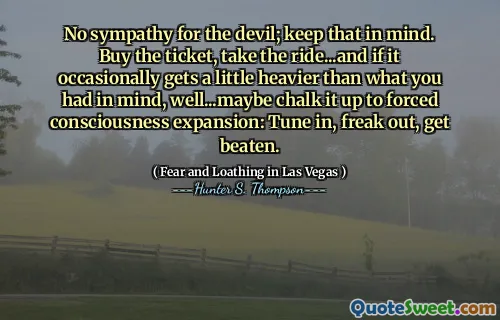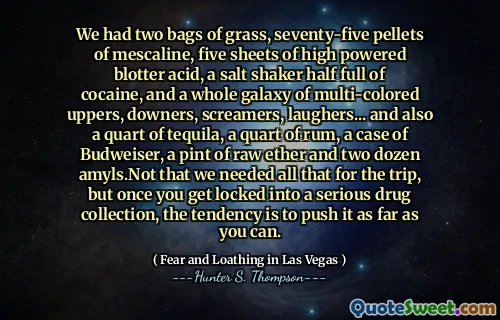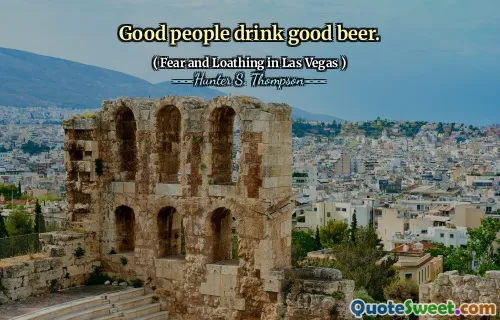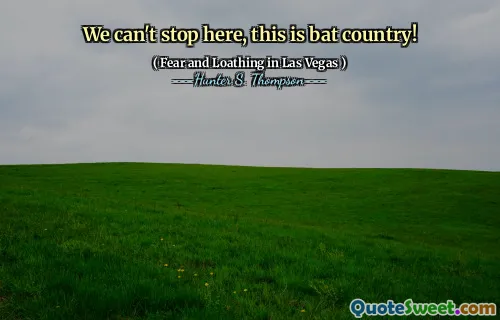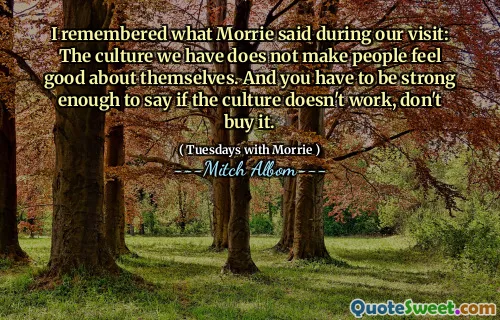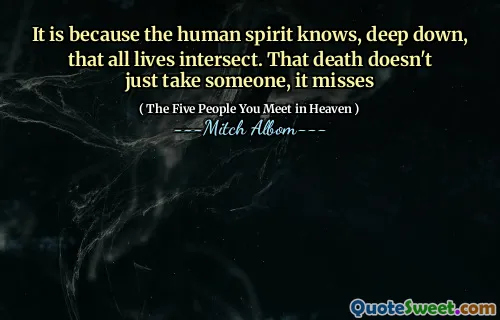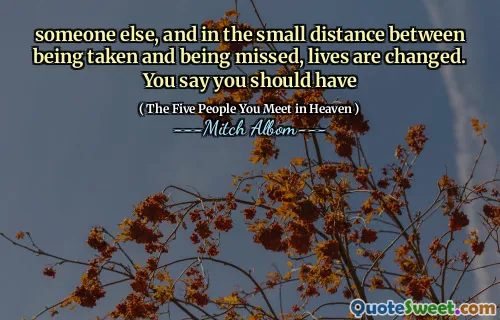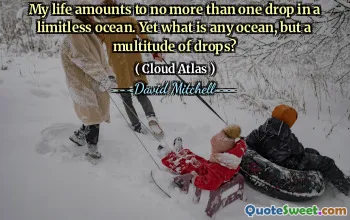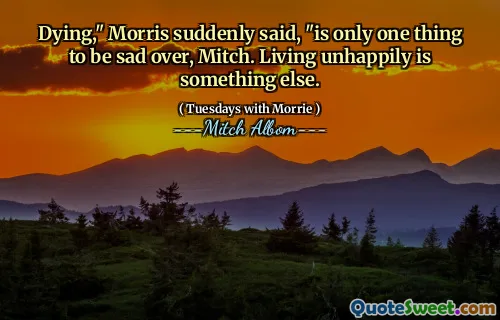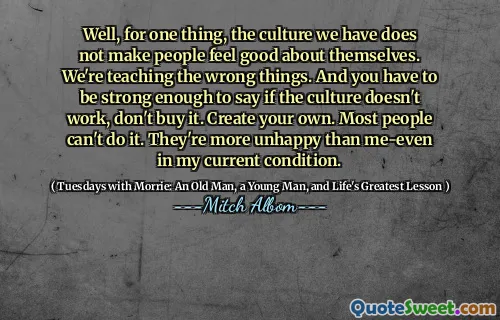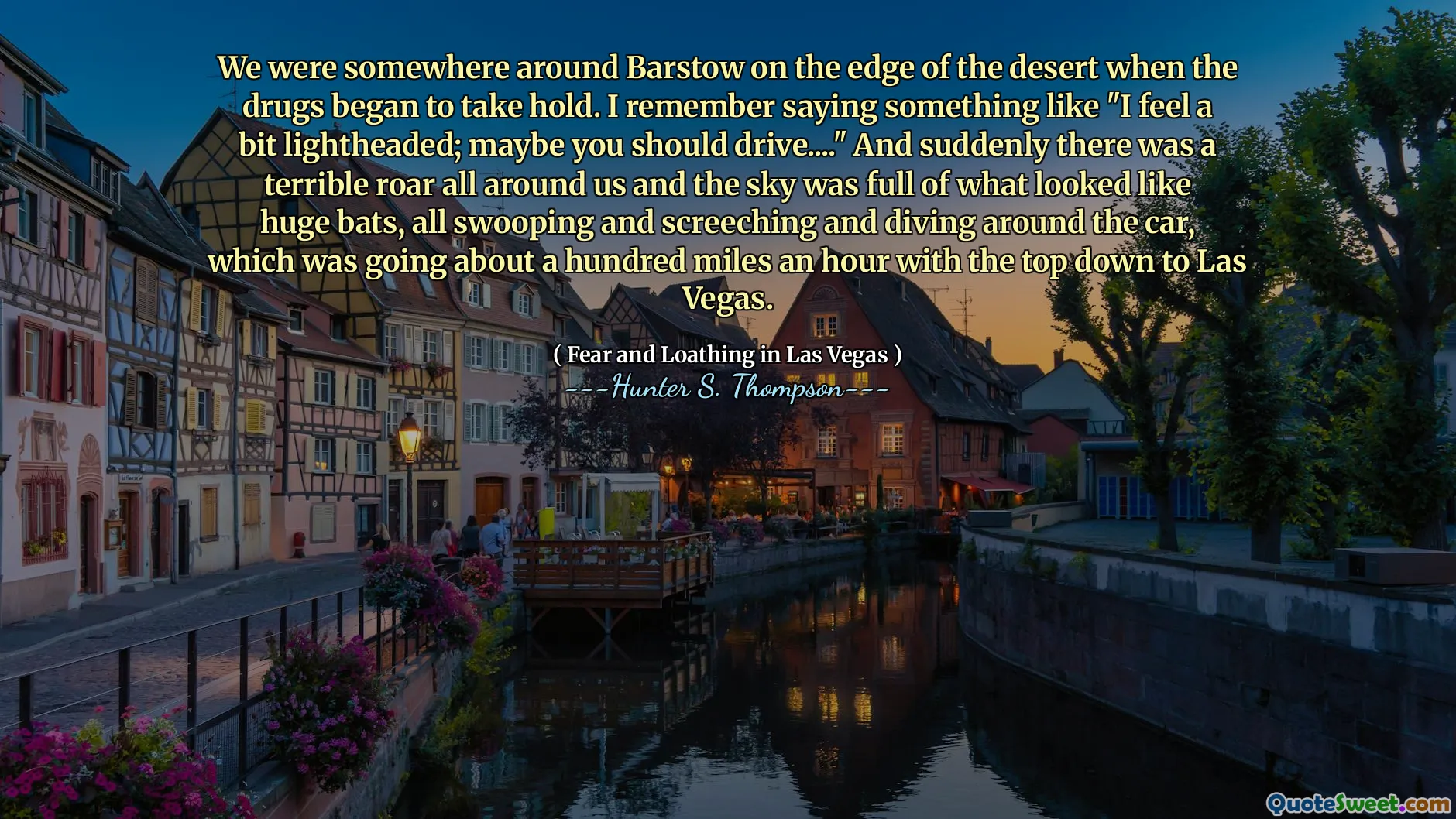
Byliśmy gdzieś wokół Barstow na skraju pustyni, kiedy narkotyki zaczęły się holować. I remember saying something like "I feel a bit lightheaded; maybe you should drive...." And suddenly there was a terrible roar all around us and the sky was full of what looked like huge bats, all swooping and screeching and diving around the car, which was going about a hundred miles an hour with the top down to Las Vegas.
(We were somewhere around Barstow on the edge of the desert when the drugs began to take hold. I remember saying something like "I feel a bit lightheaded; maybe you should drive...." And suddenly there was a terrible roar all around us and the sky was full of what looked like huge bats, all swooping and screeching and diving around the car, which was going about a hundred miles an hour with the top down to Las Vegas.)
W „Fear and Loathing in Las Vegas” Hunter S. Thompson maluje chaotyczną scenę na pustyni w pobliżu Barstow, w której skutki narkotyków zaczynają przejmować. Narrator wyraża poczucie lidera, sugerując, że jego towarzysz zabierze koło. Ten moment oddaje surrealistyczną i niepokojącą naturę ich podróży, gdy rzeczywistość zaczyna się przekształcać pod wpływem substancji.
Gdy przyspieszają w kierunku Las Vegas z górną częścią kabrioletu, atmosfera staje się coraz bardziej dziwna. Narrator opisuje przytłaczający widok masywnych nietoperzy wirujących wokół nich, tworząc poczucie paniki i dezorientacji. Te obrazy odzwierciedlają większe tematy powieści, które eksplorują ekscesy i szaleństwo amerykańskiego snu przez soczewkę halucynacyjną.
